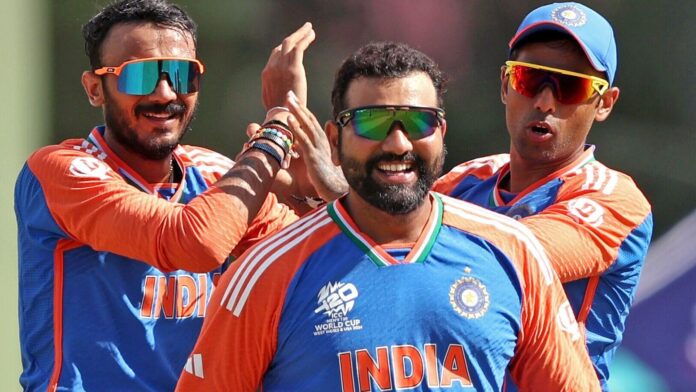Disney+Hotstar, the former Indian operations of Walt Disney that has been merged with Reliance Group’s TV and streaming media assets, paid around $3 billion (roughly ₹25,000 crore) for the rights to broadcast International Cricket Council (ICC) events in India between 2023 and 2027.
It has since followed a strategy of broadcasting marquee events such as the 2023 World Cup and the ongoing T20 World Cup free online, relying on advertisement revenues.
Disney+Hotstar did execute a deal for around $1.4 billion with Zee Entertainment Enterprises Ltd, which was to take over the TV broadcasting rights. But Zee missed the deadlines for the first tranche of payments, and has subsequently said it was terminating the agreement.
The ICC digital rights include the right to stream World Cup matches, Women’s World Cups, the World Test Championship, Asia Cups, U-19 championships, etc. Ad revenues from the 2023 World Cup were reckoned to reach nearly ₹3,000 crore.
Industry insiders reckon the ongoing T20 World Cup in the US will generate ₹1,500-2,000 crore. Those are the two premier earners, and ad revenues from other ICC events are much less.
The next World Cup in Southern Africa in 2027 would be covered under this four-year term. That event should also earn substantial revenue, and let’s assume there are strong earnings from all the other events.
Even so, it is unlikely that revenues from cricket would cover the sum of $3 billion paid for the four-year term of broadcasting rights, not to mention the substantial costs of doing broadcasts. It would be reasonable to assume the ICC cricket rights would be aggregate loss-making in this four-year cycle.
The Disney-Reliance joint venture also holds the rights for the Indian Premier League, or IPL, cricket tournament.
Also read | The Reliance-Disney merger is great for them. But will it be for consumers?
So what is the rationale behind the broadcaster deciding to air these events free? This question is especially cogent since the rest of the portfolio is only for subscribers. Perhaps the plan is to eventually start charging for cricket content as well.
It’s more likely, however, that the plan is to attract subscribers using the magnetism of cricket to create a sustainable long-term subscriber base. Entertainment and sports are, of course, among the biggest attractions for mobile broadband users.
India had about 875 million mobile broadband users as of April, according to data from the Telecom Regulatory Authority of India. Most of them would be capable of logging into Disney+Hotstar, and cricket is a nice driver to pull them in.
Disney+Hotstar is said to have lost 23 million paid subscribers when it lost the IPL rights to Reliance’s JioCinema, but, of course, the merger has changed the dynamics.
As of April 2024, Disney+Hotstar claims to have 39 million paid subscribers. It is likely to host around 500 million mobile broadband visitors during the ongoing T20 World Cup, according to industry estimates. If it can convert 10% of those cricket fans into paid subscribers, that would be 1.25 times the current base.
If you factor in the growing mobile broadband base and the enduring love of cricket, it may be able to convert a larger percentage over time.
Also read | All you need to know about the $8.5-billion Disney-Reliance merger
The merger has created a large media player with 100-plus channels and two digital streaming platforms. The Disney-Reliance joint venture owns exclusive rights to both IPL and ICC events, as well as to the Disney content library and other entertainment content portfolios.
JioCinema, which holds the IPL streaming rights, also offered free IPL access, so it’s likely that the joint venture will continue with the same strategy. Indeed, Jio used the same strategy when it launched its public telecom services in 2016, offering months of free service to users.
The Disney-Reliance joint venture holds cricket broadcasting rights valued at around ₹55,000 crore for the next 4-5 years (ICC and IPL combined). This means it could pick up 80-90% share of cricket ad revenues in India. The IPL 2024 generated around ₹2,000 crore of ad revenues.
Still, even a monopoly market share of cricket ad revenues may not be enough to generate a positive return on the money spent on cricket broadcasting rights. Cricket is likely to remain a loss-making proposition on its own. But if the gamble works, and free access to cricket converts into a much larger subscriber base for the broadcaster, this could prove to be a successful long-term strategy.
#Cricket #free #lossmaking #strategy #DisneyReliance #duo #betting #long
